Breast cancer screenings save lives
Breast cancer screenings are a great way to take charge of your well-being and gain peace of mind year after year. These routine screenings give you the power to detect breast cancer early, which could be a lifesaving choice.
Why is breast cancer screening so important?
Breast cancer is one of the most common types of cancer—affecting about 1 in 8 women. But with screening and early detection, it’s often very treatable. When you find breast cancer early, before it has a chance to spread, the five-year survival rate is 99%.
Most people who have breast cancer don’t have a family history, and many do not have any breast cancer symptoms in the early stages. Routine breast cancer screening catches cancer before there are any signs, so you can get the right treatment sooner.
Breast cancer screening guidelines
When it comes to breast cancer screening, understanding your personal risk lets you follow screening guidelines based on your needs. While most women with an average risk start mammograms at age 40, some may need to begin screenings sooner. And there are other steps you can take in your 20s and 30s to be proactive about your breast health, too.
Start the conversation with your doctor early, especially if you have risk factors for breast cancer. Together, you can review your individual needs and weigh the risks and the benefits. Then, you can work with your doctor to create a plan to protect your breast health through every stage of life.
-
Women at average risk
You’re usually considered at average risk for breast cancer if you don’t have a family or personal history or other risk factors, such as radiation to the chest before age 30 or a known gene mutation like BRAC1 or BRAC2.
For women with an average risk, we support the following recommendations:
- Starting at age 20: Use routine breast self-exams to become familiar with the normal look and feel of your breasts so that you’re more in tune with any changes
- Starting at age 25: Have a clinical breast exam every year as part of your checkup or well-woman exam
- Starting at age 40: Have a screening mammogram every year
-
Women at higher risk
If you have factors that put you at a higher risk for breast cancer, start talking to your primary care provider about your risk at age 25. Your 20s are the time to plan to protect your breast health. Your doctor may recommend a high-risk breast cancer screening program or genetic counseling to better understand your personal risk.
Generally, people with a risk assessment showing a lifetime risk score of more than 20-25% are considered at high risk. For this group, guidelines from the American Cancer Society recommend a breast MRI every year and an annual mammogram, typically beginning at age 30.
Factors that could put you at a higher risk for breast cancer include:
- A BRCA1 or BRCA2 gene mutation found through genetic testing
- A close relative—parent, sibling or child—with a BRCA gene mutation, if you haven’t had testing
- Certain genetic conditions, such as Cowden syndrome, Li-Fraumeni syndrome or Bannayan-Riley-Ruvalcaba syndrome, or a close relative with one of these syndromes
- Radiation therapy to your chest before age 30
- A family history of breast cancer or ovarian cancer
- Personal history of breast cancer
- Dense breast tissue
Breast cancer screening tests
Breast cancer screening tests are imaging tests or other exams that check for signs of cancer before you have symptoms. Your doctor may order diagnostic tests when you have signs or symptoms of a condition, but screenings are performed on a routine schedule based on your needs and risk factors.
Often, early-stage breast cancer doesn’t cause any symptoms at all. With screening tests, you can detect breast cancer sooner instead of waiting for symptoms to appear. Because of this, breast cancers found on screening tests tend to be smaller, are less likely to spread and are less likely to need aggressive treatments.
Mammogram
A mammogram takes images of the breast using low-dose X-rays. An annual mammogram—or screening mammogram—is one of the best tests for early detection of breast cancer. During the exam, the breast is compressed between two plates, allowing your care team to take clear pictures of your breast tissue.
Many of our breast imaging centers offer 3D mammography, also called digital breast tomosynthesis. This type of mammography is newer than traditional 2D mammography. It takes multiple images in an arc across the breast, providing a 3D view. Doctors may recommend 3D mammography for women with dense breasts.
Breast Magnetic Resonance Imaging (MRI)
You may have a breast MRI as part of your screening for breast cancer if you have a high risk of the condition or if you have dense breast tissue. However, an MRI of the breast is not recommended for those at an average risk. Magnetic resonance imaging uses magnets and radio waves to create images of the inside of your breast.Breast ultrasound
While less common than mammograms or a breast MRI for screening, you may have a breast ultrasound as part of your breast cancer tests. This imaging test uses sound waves to create images of the breast tissue. It often lets your care team look more closely at a lump or diagnose a non-cancerous cyst.Breast exams
Research hasn’t shown strong benefits of routine breast exams in the early detection of breast cancer, so breast exams shouldn’t replace imaging tests as screenings. But they can help create awareness around the normal look and feel of your breasts.
- Clinical breast exam: A clinical breast exam allows a trained professional, such as a doctor or nurse, to check for any lumps and look for changes in the appearance of your breasts. These are often performed each year at your annual checkup.
- Self-breast exam: You can perform a breast self-exam monthly to check for breast lumps and changes in the shape, color, texture or appearance of your breasts and nipples. Do these self-exams around the same time every month. If you notice anything that isn’t normal for you, call your primary care provider or OBGYN.
Benefits and risks of breast cancer screening
Every screening test has benefits and risks. However, the benefits of routine breast cancer screening tests that follow the current guidelines greatly outweigh the risks. These tests have been carefully studied and are backed by data, research and the expertise of multiple health organizations.
Benefits of screening
One of the main benefits of breast cancer screening is early detection. When you catch breast cancer early, you usually have a better prognosis—the average five-year survival rate is higher. You also tend to need fewer or less invasive treatments, which can reduce the cost of care.
Even when breast cancer screenings are all clear, there are still benefits. These annual tests can give women confidence, peace of mind and an improved sense of control over their well-being.
Risks of screening
Tests aren’t always 100% accurate, so the biggest risk of breast cancer screening is a false positive or false negative. It’s possible for breast cancer imaging tests to indicate cancer when there is none or to miss an area of cancer.
A false positive can lead to unneeded follow-up tests, adding stress and expense. However, it's important to note that the rate of false positives is relatively low—especially when considered alongside the benefits of early detection. This should give you confidence in the screening process.
Breast cancer screening for men
Because male breast cancer is very rare, there are no guidelines for routine breast cancer screening for men. However, if you are a man with risk factors for breast cancer, including those with a BRCA gene mutation, you should talk with your doctor about the right next steps for your individual needs.
In general, men are less likely to seek treatment for signs of breast cancer. It’s important to know that male breast cancer is possible, and you should get any symptoms checked.
Locations
We offer several locations for your mammograms and cancer care, including breast imaging centers in North and Central Texas.

Baylor Scott & White Breast Care Specialists of Texas
1250 8th Ave Ste 650, Fort Worth, TX, 76104- Monday: 8:30 am - 4:30 pm
- Tuesday: 8:30 am - 4:30 pm
- Wednesday: 8:30 am - 4:30 pm
- Thursday: 8:30 am - 4:30 pm
- Friday: 8:00 am - 1:30 pm

Baylor Scott & White Breast Care Specialists of Texas (Satellite)
6100 Harris Pkwy Ste 260, Fort Worth, TX, 76132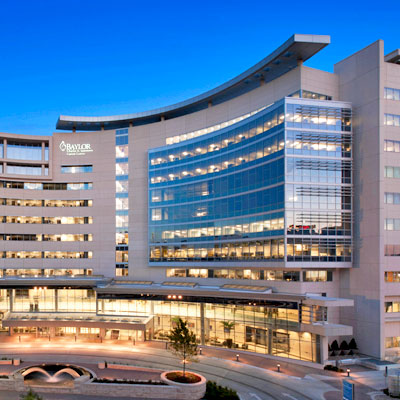
Baylor Scott & White Breast Specialists - Dallas
3410 Worth St Ste 235, Dallas, TX, 75246- Monday: 8:30 am - 5:00 pm
- Tuesday: 8:30 am - 5:00 pm
- Wednesday: 8:30 am - 5:00 pm
- Thursday: 8:30 am - 5:00 pm
- Friday: 8:30 am - 5:00 pm
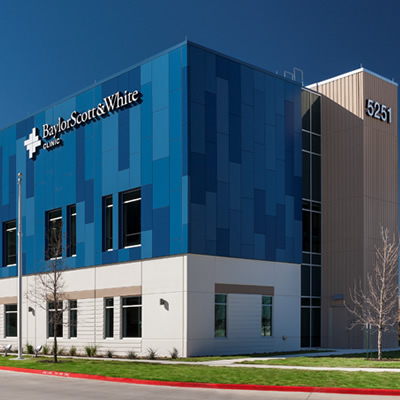
Baylor Scott & White Cancer and Infusion Center - Austin Oak Hill
5251 US 290 Ste 100, Austin, TX, 78735- Monday: 8:00 am - 5:00 pm
- Tuesday: 8:00 am - 5:00 pm
- Wednesday: 8:00 am - 5:00 pm
- Thursday: 8:00 am - 5:00 pm
- Friday: 8:00 am - 5:00 pm
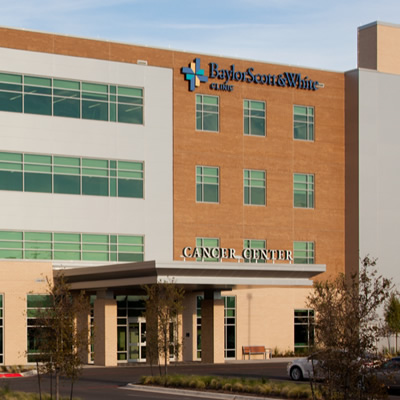
Baylor Scott & White Cancer Center - Round Rock
300A University Blvd , Round Rock, TX, 78665- Monday: 8:00 am - 5:00 pm
- Tuesday: 8:00 am - 5:00 pm
- Wednesday: 8:00 am - 5:00 pm
- Thursday: 8:00 am - 5:00 pm
- Friday: 8:00 am - 5:00 pm
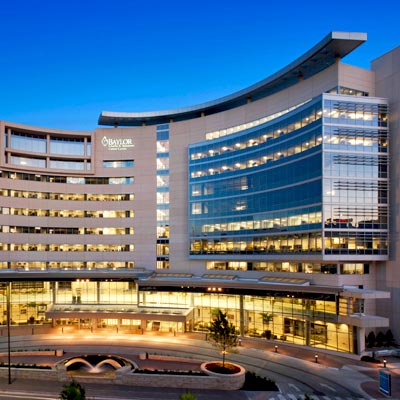
Baylor Scott & White Charles A. Sammons Cancer Center - Dallas
3410 Worth St , Dallas, TX, 75246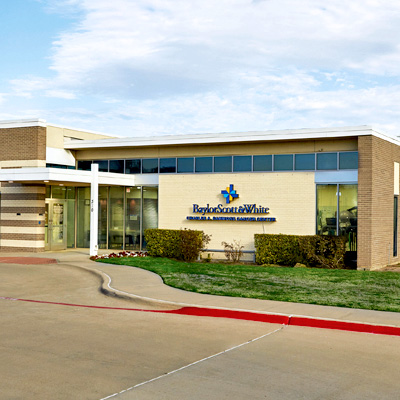
Baylor Scott & White Charles A. Sammons Cancer Center - Duncanville
310 E Hwy 67 , Duncanville, TX, 75137- Monday: 8:00 am - 5:00 pm
- Tuesday: 8:00 am - 5:00 pm
- Wednesday: 8:00 am - 5:00 pm
- Thursday: 8:00 am - 5:00 pm
- Friday: 8:00 am - 5:00 pm

Baylor Scott & White Charles A. Sammons Cancer Center - Irving
2001 N MacArthur Blvd Ste 120, Irving, TX, 75061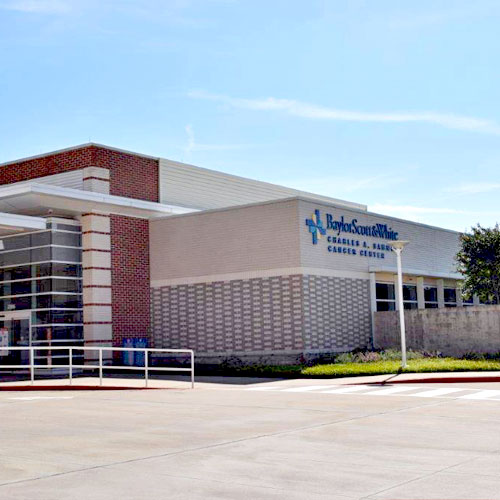
Baylor Scott & White Charles A. Sammons Cancer Center - Waxahachie
2380 N Interstate 35E , Waxahachie, TX, 75165- Monday: 7:30 am - 4:30 pm
- Tuesday: 7:30 am - 4:30 pm
- Wednesday: 7:30 am - 4:30 pm
- Thursday: 7:30 am - 4:30 pm
- Friday: 7:30 am - 4:30 pm
- Saturday: 7:30 am - 4:30 pm
- Sunday: 7:30 am - 4:30 pm
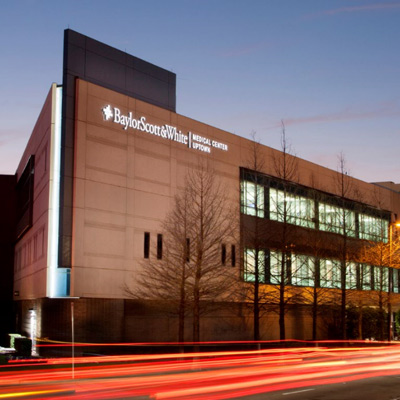
Baylor Scott & White Medical Center - Uptown
2727 E Lemmon Ave , Dallas, TX, 75204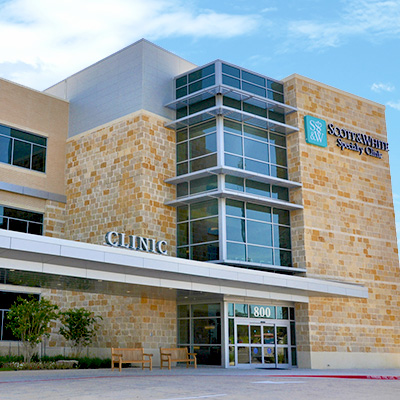
Baylor Scott & White Specialty Clinic - Marble Falls
800 W State Hwy 71 , Marble Falls, TX, 78654- Monday: 8:00 am - 5:30 pm
- Tuesday: 8:00 am - 5:30 pm
- Wednesday: 8:00 am - 5:30 pm
- Thursday: 8:00 am - 5:30 pm
- Friday: 8:00 am - 5:30 pm

Baylor Scott & White Surgical Group of North Texas - Grapevine
1056 Texan Trl , Grapevine, TX, 76051- Monday: 8:00 am - 5:00 pm
- Tuesday: 8:00 am - 5:00 pm
- Wednesday: 8:00 am - 5:00 pm
- Thursday: 8:00 am - 5:00 pm
- Friday: 8:00 am - 4:00 pm
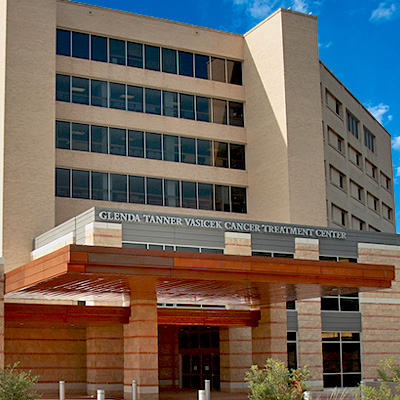
Baylor Scott & White Vasicek Cancer Treatment Center - Temple
2401 S 31st St , Temple, TX, 76508- Monday: 8:00 am - 5:00 pm
- Tuesday: 8:00 am - 5:00 pm
- Wednesday: 8:00 am - 5:00 pm
- Thursday: 8:00 am - 5:00 pm
- Friday: 8:00 am - 5:00 pm

Baylor Scott & White Women's Imaging Center - Irving (MacArthur & Hwy 183)
2001 N MacArthur Blvd Ste 250, Irving, TX, 75061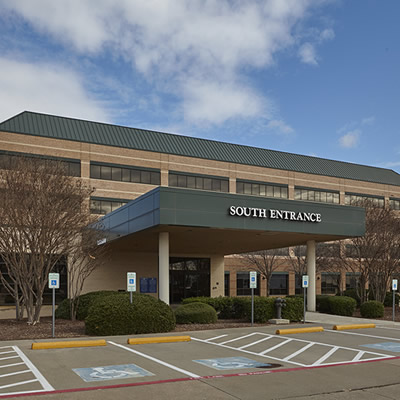
Baylor Scott & White Women's Imaging Center - Las Colinas (MacArthur & I-635)
440 W Lyndon B Johnson Fwy Plaza II, Ste 120A, Irving, TX, 75063
Baylor Scott & White Women's Imaging Center - McKinney
5236 W University Dr Ste 2500, McKinney, TX, 75071- Monday: 8:00 am - 4:30 pm
- Tuesday: 8:00 am - 4:30 pm
- Wednesday: 8:00 am - 4:30 pm
- Thursday: 8:00 am - 4:30 pm
- Friday: 8:00 am - 4:30 pm

Baylor Scott & White Women's Imaging Center - Plano
4716 Alliance Blvd Pavilion II, Ste 100, Plano, TX, 75093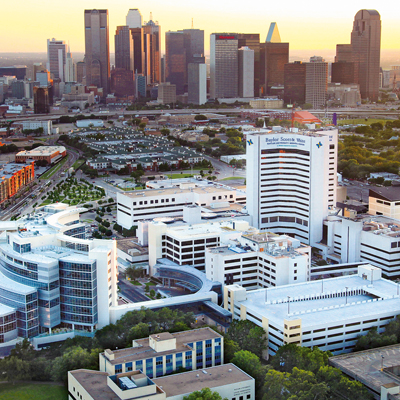
Baylor University Medical Center, part of Baylor Scott & White Health
3500 Gaston Ave , Dallas, TX, 75246
Breast Center at Baylor Scott & White - Grapevine
1631 Lancaster Dr Ste 130, Grapevine, TX, 76051Hours of Operation
Hours of Operation
Office Hours
Frequently asked questions
-
Which screening is used to test for breast cancer?The most common screening test for breast cancer is a mammogram. This X-ray imaging test lets your care team look for any signs of cancer before you have symptoms. You may have other tests—such as breast MRI—if you have a high risk of breast cancer.
-
When do breast cancer screenings start?If you have an average risk of breast cancer, you should start screening mammograms at age 40. If you have a high risk, talk to your doctor sooner. You may need to start routine breast cancer screenings in your 30s.
-
When to stop screening for breast cancer?There is no set age to stop screening for breast cancer. Talk to your doctor about what’s best for you. Screening is generally recommended for women who are in good health and have a life expectancy of 10 or more years.
-
How often should you be screened for breast cancer?Starting at age 40, you can be screened for breast cancer with a mammogram every year. If you have a high risk, your doctor may recommend adding an annual breast MRI into your screening routine along with a mammogram.
-
When to start breast cancer screening with a family history?If you have a family history of breast cancer, you may need to start breast cancer screening in your 30s. Talk to your doctor to see if you could benefit from a high-risk breast screening program to help guide the right screening timeline for you.